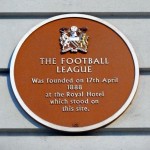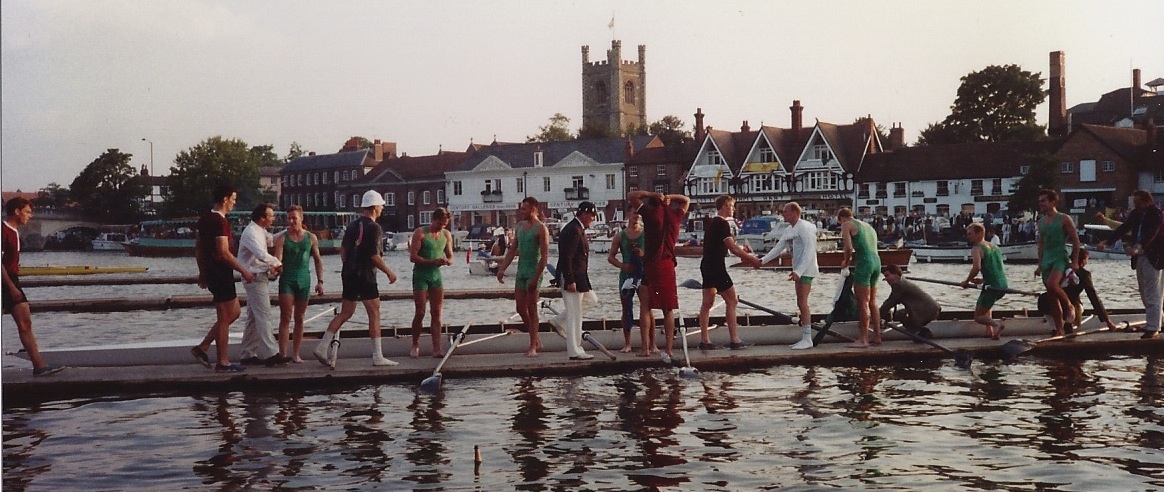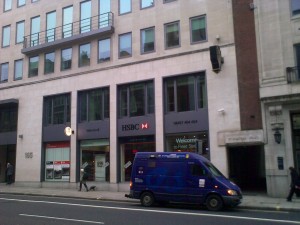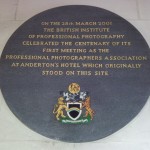As well as the 150th anniversary of the Football Association, 2013 also marks the 125th anniversary of the world’s first league football competition. The Football League was the brainchild of William McGregor, a committee member of Aston Villa FC.
The prohibition on professionalism had been lifted by the Football Association in 1885. Drawing the biggest crowds, the FA Cup, and to a lesser extent local and regional cup competitions, were the principle sources of revenue for those clubs that started to pay players. However the knock-out nature of cup football made managing club finances difficult.
On 2 March 1888, McGregor wrote to five prominent clubs proposing a meeting to discuss his idea of establishing a programme of competitive home and away fixtures to give clubs more stable and predictable revenue streams. He also canvased suggestions of other clubs who should be invited to participate.
Representatives from Aston Villa, Blackburn Rovers, Bolton Wanderers, Preston North End and West Bromwich Albion met at Anderton’s Hotel, Fleet Street, in London on 23 March – the eve of the 1888 FA Cup Final. (The final was to be contested by West Bromwich Albion and Preston North End at the Oval.)
Anderton’s Hotel stood at 165 Fleet Street. The Victorian building was demolished in 1939 and the site is now part-occupied by a branch of HSBC.
Although the modern building’s connection with the origins of league football is not commemorated, the British Institute of Professional Photography did erect a plaque on the occasion of the centenary of its inaugural meeting which was held at Anderton’s Hotel on 28 March 1901.
The Football League was officially born at a meeting at the Royal Hotel in central Manchester on 17 April 1888. The 12 founding members included six clubs from the Midlands and six from Lancashire: Aston Villa, Derby County, Notts County, Stoke City, West Brom, Wolverhampton Wanderers, Accrington, Blackburn Rovers, Bolton Wanderers, Burnley, Everton and Preston.
In marked contrast, the clubs which had attended the inaugural meeting of the Football Association at the Freemasons Tavern 25 years previously had all been from the London area. It is perhaps a reflection of the commercial nous of the League’s founder members that all bar Accrington survive today. By contrast, of the 11 founder members of the FA – Barnes, Blackheath, Blackheath Proprietary School, Civil Service, Crusaders, Crystal Palace, Forest of Leytonstone (who later became the Wanderers), Kensington School, No Names Club from Kilburn, Perceval House (Blackheath), and Surbiton – only Palace has maintained a place in the upper tiers of the sport in England.

As for Manchester’s Royal Hotel, it stood on the corner of Market Street and Mosley Street overlooking what is now Piccadilly Gardens. The hotel itself was demolished in 1908 and the site was incorporated into Lewis’s Emporium which was already occupying an adjacent block. The Emporium was replaced in 1915 and the site is now occupied by the Royal Buildings. The site’s role in the creation of league football is commemorated by a plaque erected by Manchester City Council in 1996.






One thought on “The Football League: conceived in Fleet Street, born in Manchester”